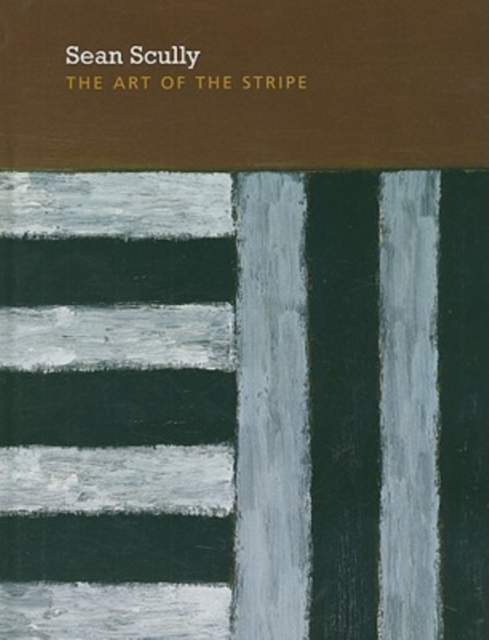
Sean Scully Hardback
by Brian Kennedy
Hardback
Description
Sean Scully has made the motif of stripes his own, offering through them a sustained exploration of the nature of human relationships.
We learn to read his stripes and colored shapes as meditations on, for example, union and disunion, dependence and independence, or harmony and disharmony.
But because his images are not figurative, they can seek a universal appeal, color and form being understood by all cultures.
This book by Brian Kennedy, Director of the Hood Museum of Art at Dartmouth College, includes interviews with the artist about his career and, in particular, his preoccupation with stripes, as well as essays on the stripe in Western abstract painting and in Sean Scully's work of the past four decades.
Scully, described as "the modern-day savior of abstract art" by the Wall Street Journal, is one of the most esteemed abstract painters working today, and the stripe is the key motif in his works.
Scully is known for painting bold patterns of vertical, horizontal, and occasionally diagonal stripes in blocks of layered color as a means of exploring the nature of human relationships.
He is inspired by aspects of everyday life, from the constructed grids of skyscrapers, strung-out suburbs, railway lines, motorways, and telephone lines to airplane routes, walls, and garage doors.
Scully's pursuit of multiple variations on the theme of the painted stripe, bar, and block is consistent with his assertion that "the stripe is a signifier of modernism." In earlier centuries stripes were used to separate outsiders from the rest of society.
In the nineteenth century, artists began to adopt the stripe as a symbol of their status as bohemians, and in the early twentieth century, stripes became a mode of expression for many artists, including especially Piet Mondrian, Robert Motherwell, and Frank Stella.
Today, the stripe is ubiquitous in society. Sean Scully has made stripes his own, developing through them a visual language based on a sustained examination of classical painting traditions.
Art critic Arthur Danto comments on Scully's stripes, "His edges have a tactile beauty.
These stripes have a living quality."
Information
-
Item not Available
- Format:Hardback
- Pages:144 pages, 145 colour illus.
- Publisher:Hood Museum of Art,Dartmouth College,U.S.
- Publication Date:01/02/2009
- Category:
- ISBN:9780944722343
Information
-
Item not Available
- Format:Hardback
- Pages:144 pages, 145 colour illus.
- Publisher:Hood Museum of Art,Dartmouth College,U.S.
- Publication Date:01/02/2009
- Category:
- ISBN:9780944722343






